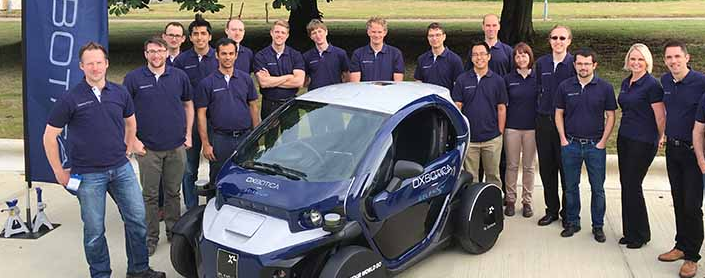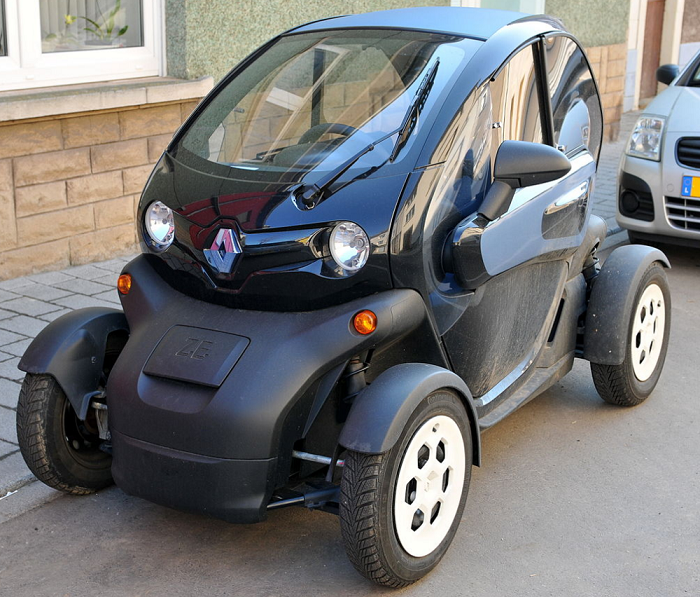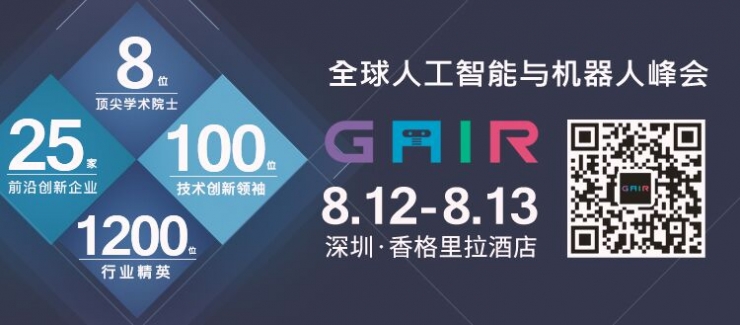
When it comes to autopilot, what people think of might be Google, Tesla and other giants, and their cool autopilot products. However, there is a team of Oxford University in the United Kingdom who has taken another path and intends to transform ordinary family cars into self-driving cars.
According to foreign media MIT Technology Review, a British company Oxbotica, which was spun off from Oxford University, has developed a sedanium-based general-purpose vehicle software system. According to the company’s person in charge, the Selenium system can transform any car. Become a self-driving car. In addition, he also said that in addition to the general definition of private cars, buses, engineering vehicles (such as excavators) and other equipment, through the "Selenium transformation" to achieve automatic driving capabilities.
According to the company, Selenium is a universal autopilot software system based on various on-board sensors and comprehensive data analysis. Every car (or excavator) that is adapted to the Selenium system must undergo a “Seleniumization†transformation in advance. The transformation content mainly includes the installation and adaptation of relevant sensors and data analysis systems.
Unlike Tesla or Google’s cars, they have automatic driving capabilities at the factory. Afterwards, the software system is updated to improve driving skills. After the transformation, the Selenium system car does not have the function of automatic driving. Has a "learning" ability. With the use of the user, Selenium system cars will use the car-mounted high-definition camera, laser sensor and radar positioning system and many other sensing devices to obtain the surrounding environment data of the car, and at the same time form their own according to the driving behavior record of the user. "Drive style". In general, the Selenium system car uses a variety of sensors to obtain the surrounding environmental information. Then, combined with the GPS map data, under the guidance of the user's driving behavior record, it conducts a comprehensive analysis through Oxbotica's unique set of algorithms, and then converts it into an operating car. Behavior, to achieve the purpose of automatic driving. This is why the Selenium system is able to get rid of the constraints of specific models and manufacturers and achieve “universalâ€.
However, despite being "universal," Oxbotica stated that the Selenium system cannot transfer a unified solution from one vehicle to another, but also makes specific adaptations and adjustments based on specific models. For example, the transformation scheme used by an ordinary Renault Twizy car must not be copied to an excavator.

At present, Oxbotica is planning to put the Selenium system car under actual road conditions for actual measurement. It will also find a public transportation project GATEway and a pilot-capable capsule car being tested in Milton Keynes, UK. At the same time, they said they would also seek cooperation from the general car manufacturers, but did not disclose specific content.

As a result of recent accidents involving multiple self-driving cars, this category of products such as driverless cars and autonomous driving systems has once again been pushed to the forefront of public opinion. While users expect these technologies to bring convenience, they also begin to consider more about the security of these products. Although the Selenium system performed well in the previous simulation tests, the driving effect was not determined until it was tested under actual road conditions.
Source: technologyreview
